Gutters play a crucial role in controlling rainwater runoff from your roof. But what happens after those gutters collect all that water? Effective downpipes are needed to transfer the water safely away from your home's foundation.
Without properly functioning downpipes, gutters can overflow and direct rain right along your exterior walls. Over time, this can lead to flooding, erosion, seepage, mould growth, and costly repairs.
In this article, we'll look closely at the role downpipes serve and why they are just as essential as your gutters when it comes to drainage. We'll provide key considerations for downpipe placement, sizing, materials, and maintenance so you can optimise this important part of your gutter system. Read on to learn why downpipes deserve more attention when reviewing your home's water management.
Downpipes Prevent Home Flooding
The core purpose of downpipes is to take all the rainwater collected in your roof gutters and redirect it away from your home's foundation and walls. Without rainwater downpipes, gutters have no efficient exit point for drainage. Instead, the water overflows the gutters and spills down the exterior of your house.
This excess water collecting around the base of your home can lead to flooding, soil erosion, seepage into basements and crawlspaces, damage to siding and masonry, landscape destruction, mould growth, and more. Downpipes prevent all these hazards by safely carrying gutter water down and diverting it into your yard, away from the structure.
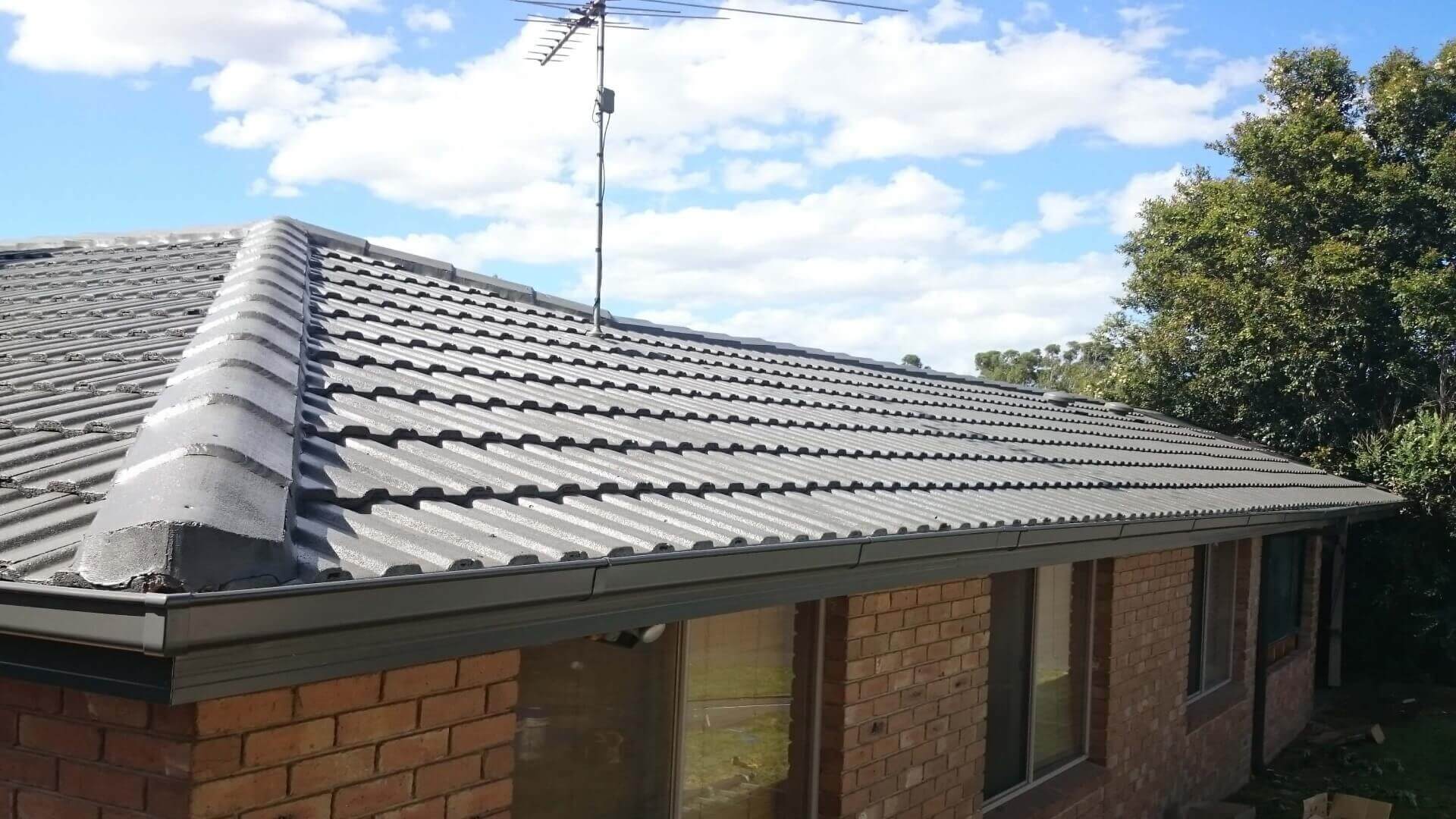
Effective downpipe drainage also protects your roof. Overflowing gutters add extra weight-loading stress, and the excess moisture accelerates roof material deterioration. Proper downpipes relieve this pressure. They work hand-in-hand with gutters to control runoff and shield the entire home from water damage risks.
Proper gutter and downpipe maintenance is crucial for an effective drainage system. This includes cleaning debris from eaves gutter sections and valley gutters to prevent clogs. Ensuring downpipes are securely connected and directed away from the home to a surface water sewer or appropriate drainage area is also important.
How Downpipes Work
Downpipes are vertical pipes that attach to the outer end of gutters and carry water down the exterior walls of a home. The cylindrical shape allows rainwater collected in gutters to drain smoothly downward.
Downpipes connect to elbow joints at the bottom, directing the water away from the foundation. Additional pipe extensions can further move the water outlet away from the house.
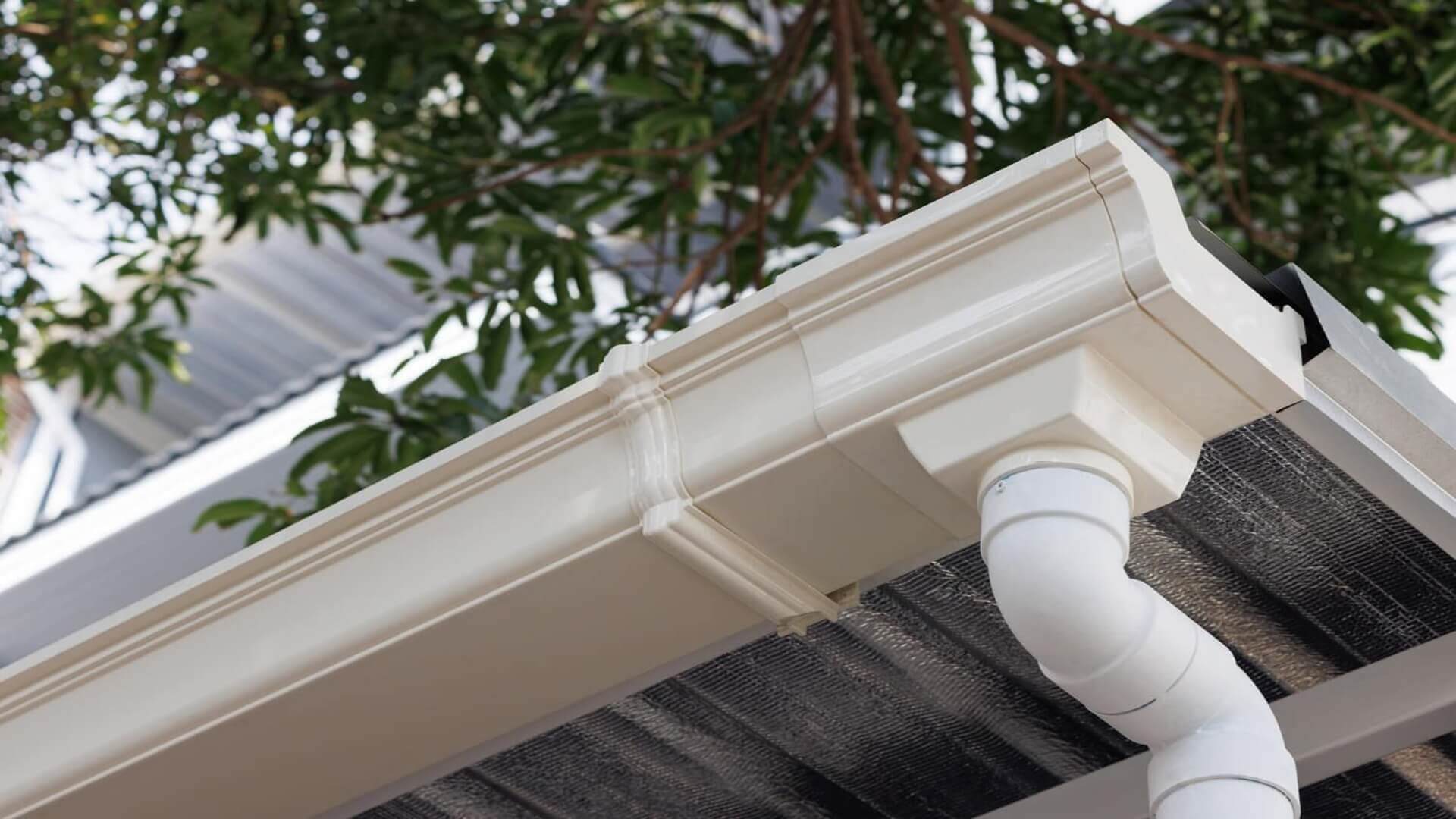
The downpipe material, typically metal, vinyl, or PVC downpipes, is smooth, so debris won't easily clog the interior. The enclosed pipe protects the draining water from wind interference.
When properly sized and positioned, downpipes rapidly transfer gutter runoff down and safely away from home through efficient gravity flow. This key functioning prevents flooding risks.
Proper guttering and downpipe installation is crucial and often regulated by building regulations. Downpipe connections must be secure to prevent leaks, while the outlet should direct water an appropriate distance from the home's foundation at ground level. Regular maintenance is also necessary to clear any clogs and ensure the drainage system functions correctly.
Key Reasons Downpipes Matter
Proper downpipe installation and maintenance are as important as your gutters for several critical reasons. First, downpipes prevent water damage by directing gutter runoff away from your home's foundation.
They also protect siding, windows, and doors from water exposure that causes rot and mould. Effective downpipes shield the landscape from flooding erosion and nutrients washing away.
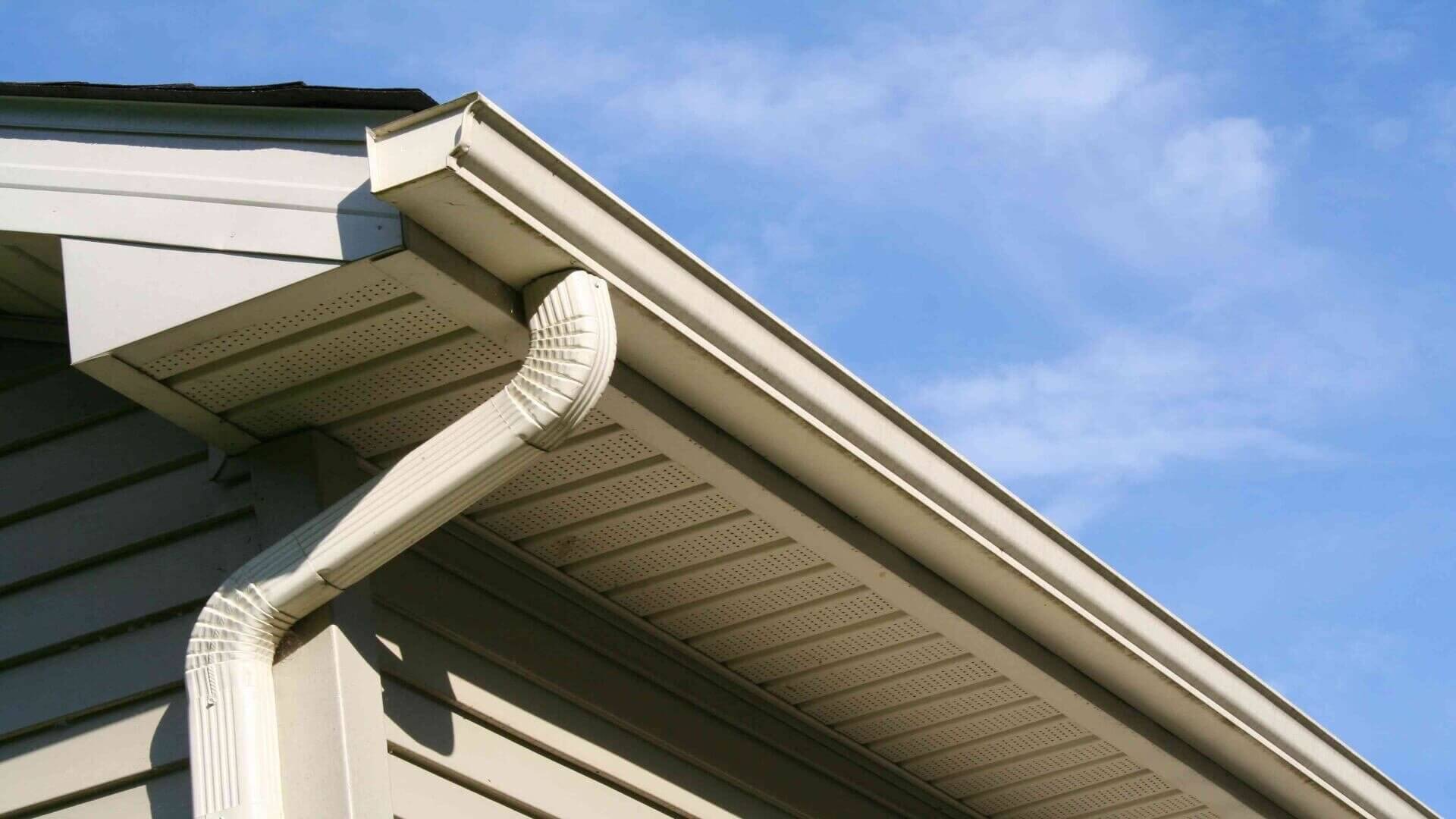
They keep basements and crawlspaces dry and prevent leaks. Downpipes also minimise roof damage from moisture accumulation and the added weight of clogged gutters.
Finally, clear downpipes help gutters drain and function properly. Without open downpipes, which efficiently carry water away, gutters can overflow and become separated from the home.
Downpipes are the essential second step in an effective gutter system. They complete the rainwater drainage process by safely dispersing water collected from the roof. When properly installed and maintained, downpipes protect all areas of your home.
Downpipe Positioning Guidelines
Proper downpipe placement is crucial to manage gutter drainage effectively. The ideal position is at the end of a gutter run, where it connects to the elbow joint.
This allows the shortest path for water to funnel downward. Downpipes should be installed at least 1 meter away from a home's foundation. A greater distance is even better for dispelling water further from the structure.
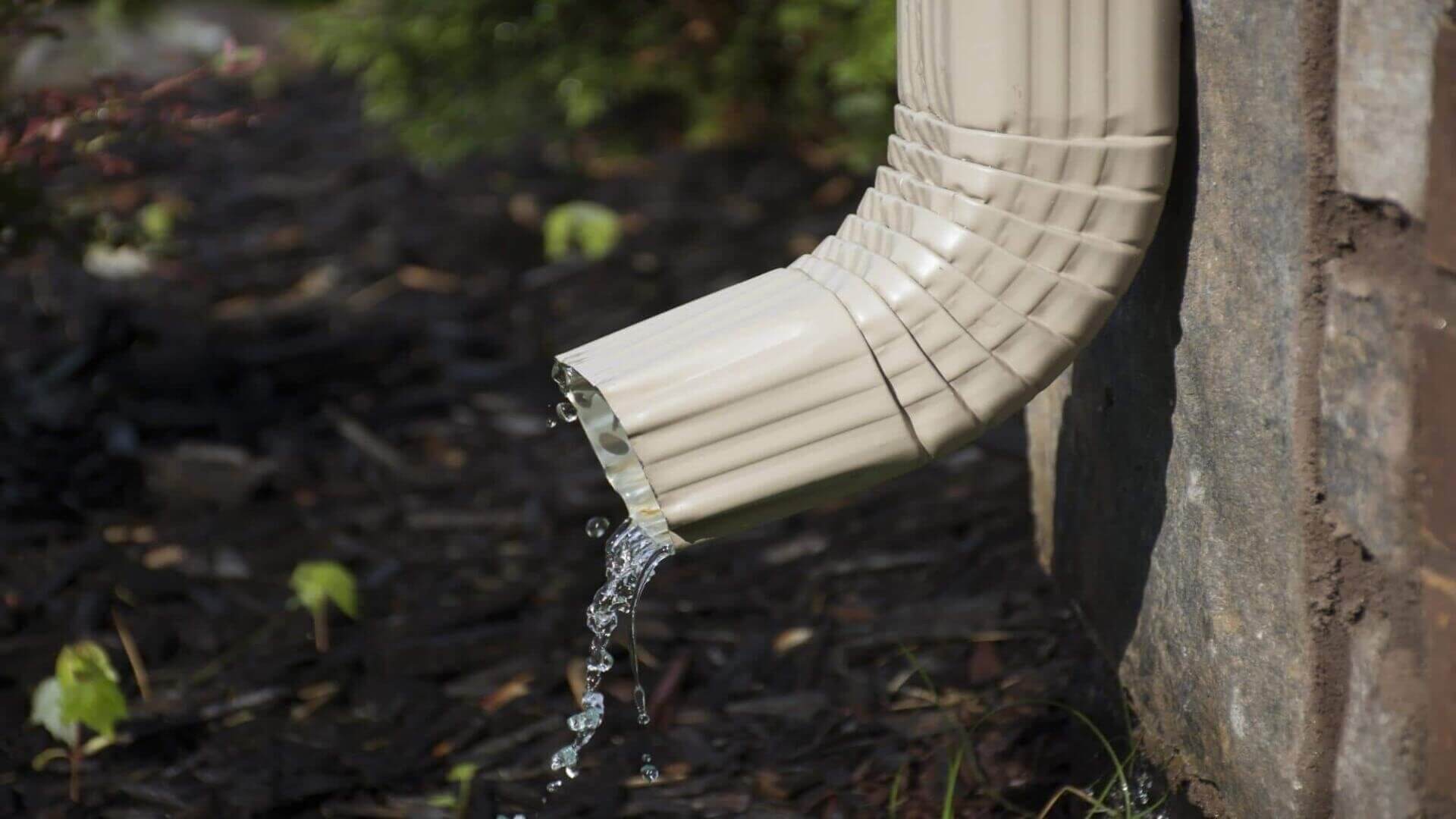
Angle the downpipe elbows to direct flow away from the house and landscaping. Strategically positioning downpipes at high points along gutters also helps facilitate drainage in sections.
Follow the manufacturer's instructions for bracket spacing to attach downpipes securely. With optimal positioning, downpipes can swiftly channel runoff away to protect the home.
Proper Downpipe Sizing
Choosing the right downpipe diameter is vital for handling the volume of water flow from gutters. Downpipes that are too small can easily get overwhelmed and clogged.
General sizing guidelines are a minimum 2-inch diameter for standard gutters up to 100 feet long. For longer gutter spans or heavy rainfall areas, increase to 3-inch or 4-inch pipes.
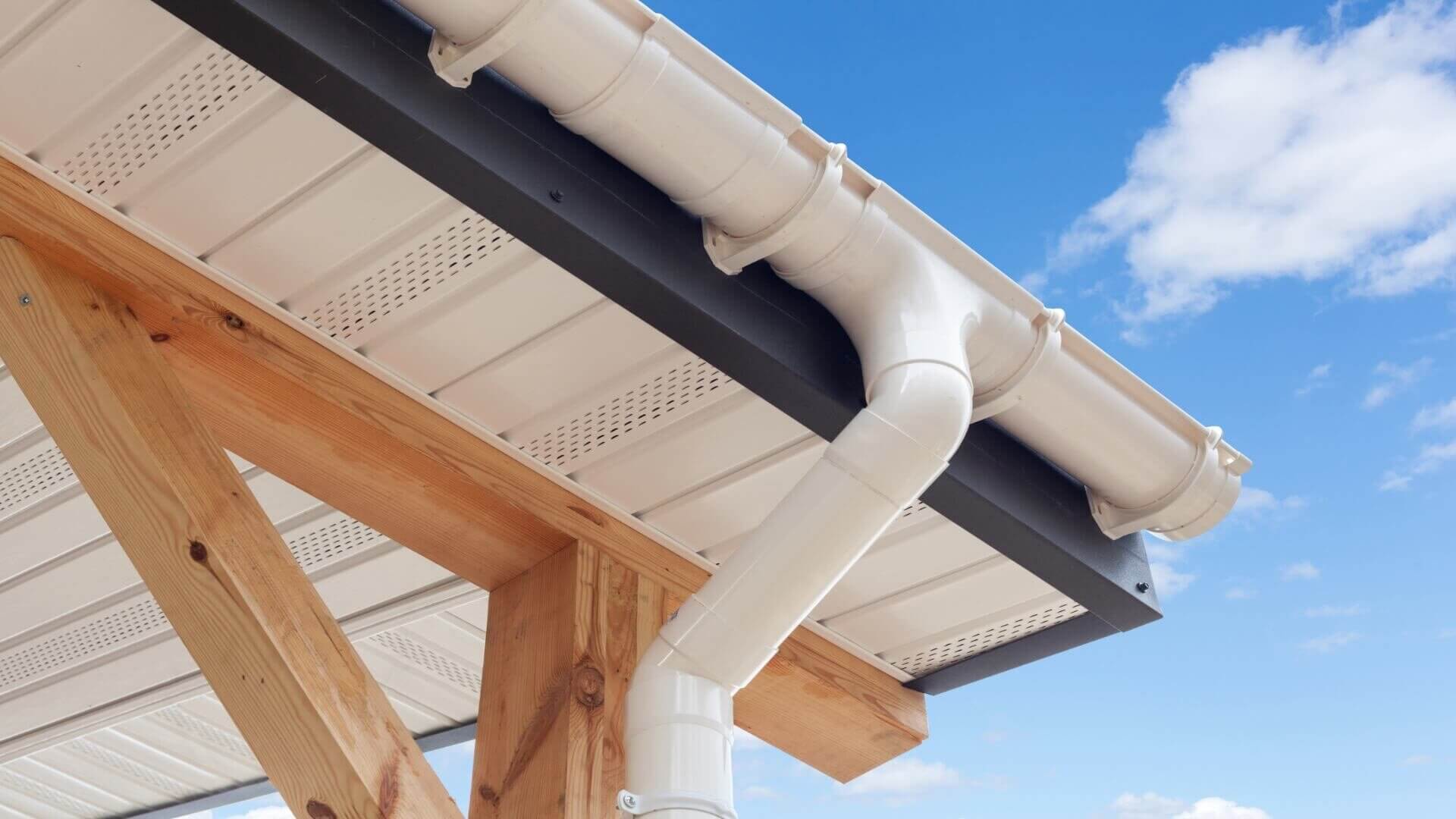
To boost drainage capacity, reduce the number of elbows and lengthen downpipe extensions. Measure roof size, gutter length, and average rainfall to determine ideal downpipe sizes.
Consult manufacturer specifications for exact requirements. Custom sizing downpipes for your specific home ensures superior performance. Correct capacity eliminates bottlenecks for smooth gutter water flow.
Materials for Durability
Selecting the right downpipe material is important for longevity in your climate. Metal downpipes, such as aluminium, galvanised steel, and copper, offer strength and corrosion resistance.
Plastic choices like PVC and vinyl are lightweight, affordable, and easy to install. However, plastic may become brittle and crack over time.
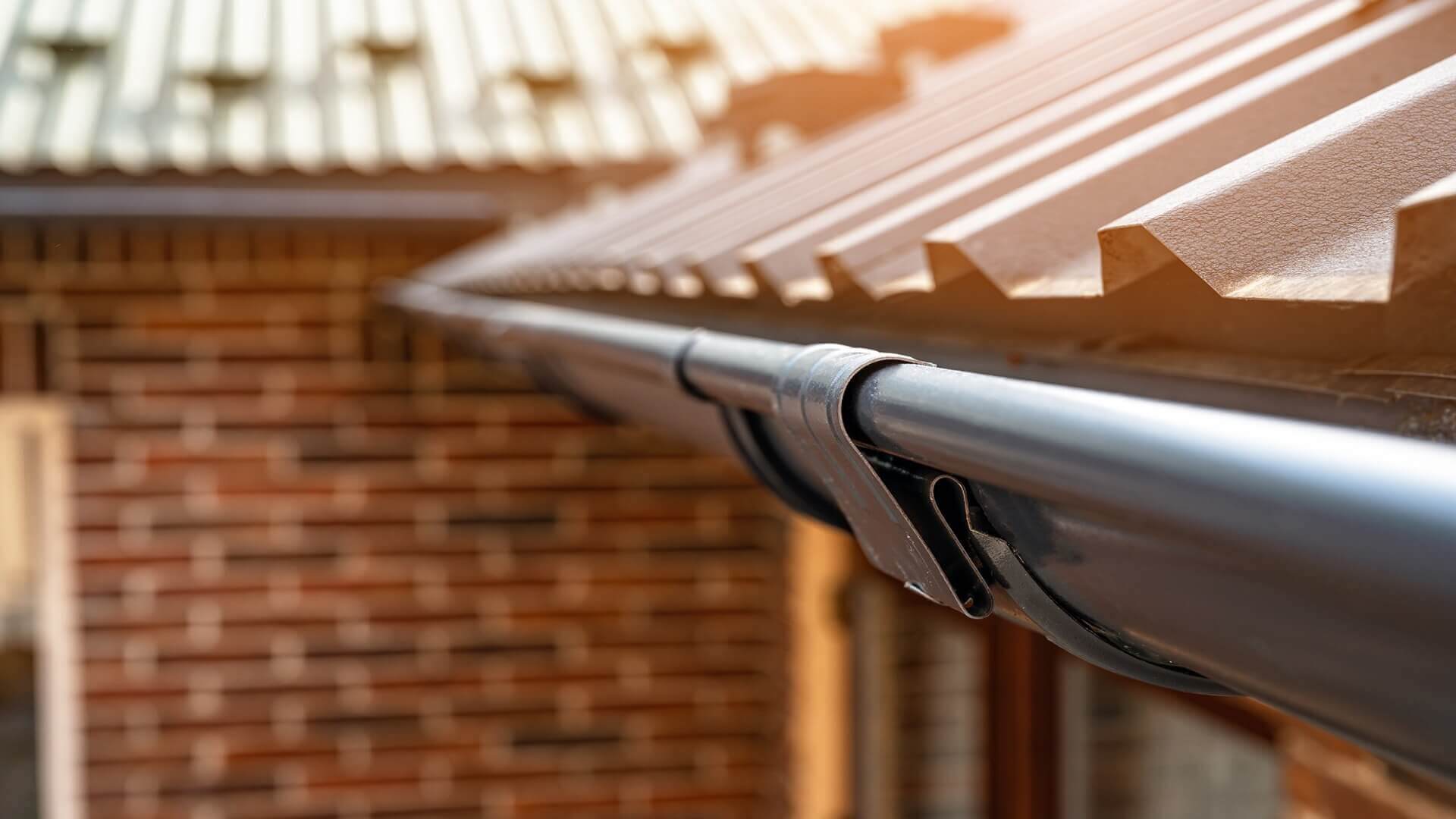
Painting metal downpipes helps maintain appearance and prevent rust. Ensure any material has UV protection and allows proper water flow.
Compare material thickness and pipe brackets, too. The most durable, long-lasting downpipe can effectively protect your home through extreme weather for over 20 years. Consult local building codes for approved materials in your area. Choosing quality downpipes prevents premature replacement.
Keeping Downpipes Clear
Like gutters, downpipes must be kept clear of debris and obstructions for proper drainage. Check downpipes at least twice per year and after heavy storms.
Remove leaves, sticks, and other debris from the opening at the gutter connection. Then, using a hose, flush out the downpipes to clear any buildup inside.
Watch for water drainage when flushing-any backups indicate a clog. If necessary, disassemble elbows and pipe sections to remove blockages.
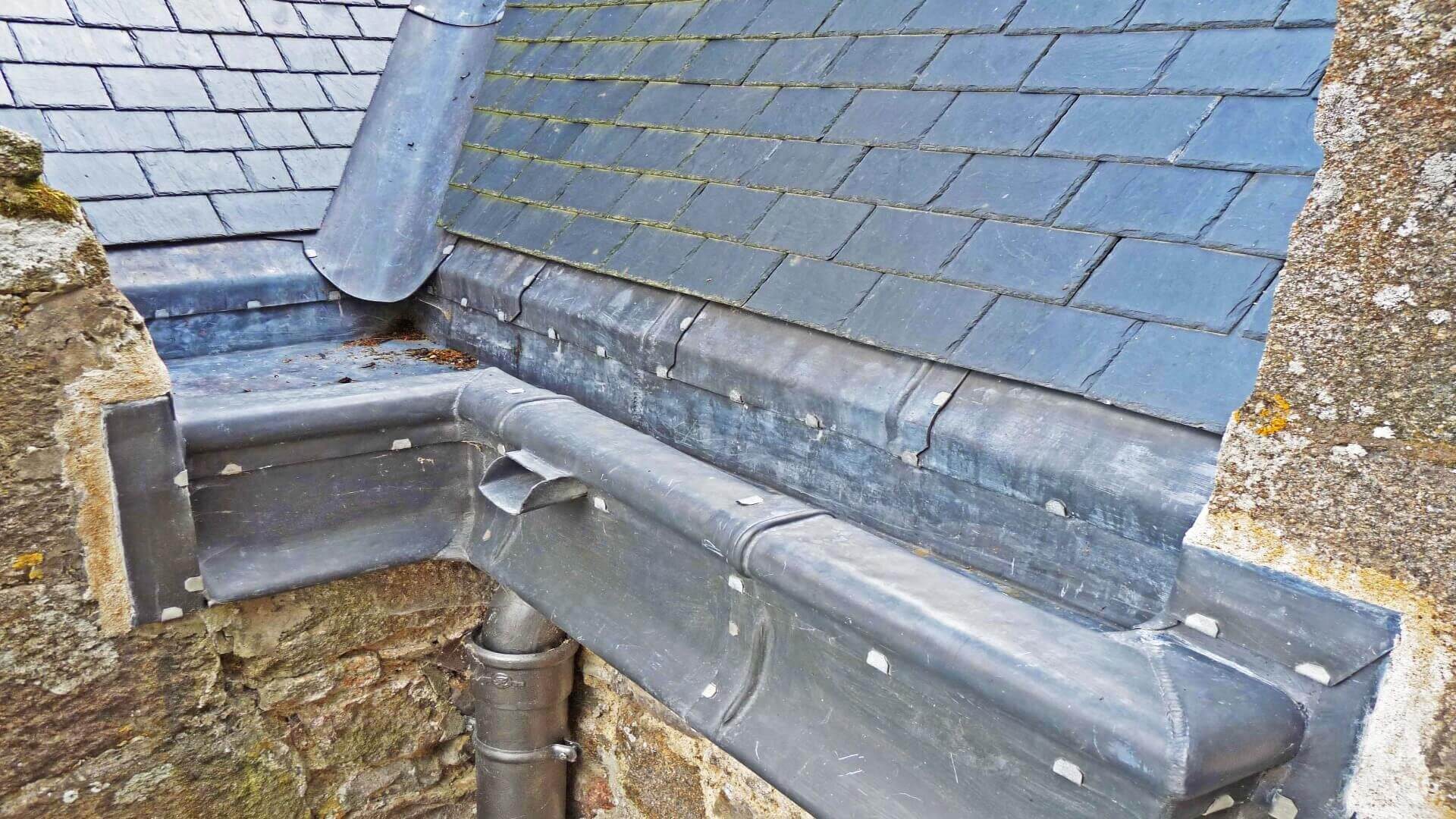
Check brackets and realign any sections that shifted. Also, examine the pipe exterior, and repair any holes or damage causing leaks.
Keeping downpipes unclogged directs the maximum amount of water away from your home. Routine maintenance prevents flooding risks and foundation damage while protecting your investment.
When to Call a Professional
While DIY maintenance can handle small downpipe repairs and debris clearing, qualified gutter contractors should address more complex issues. If a downpipe is completely clogged and cannot be cleared with flushing, or if there are crushed spots or gaps letting water out, replacement may be required.
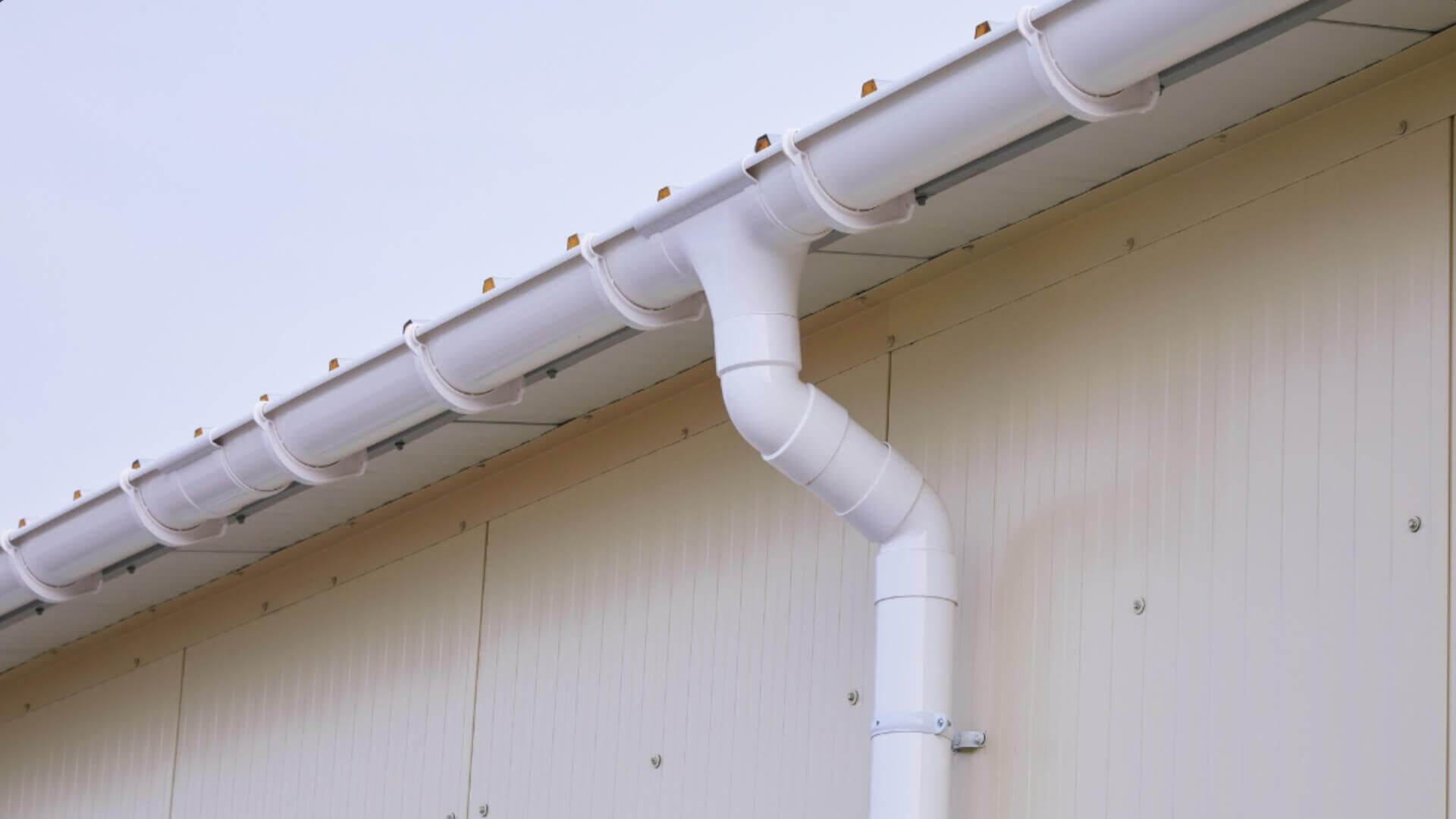
Severe corrosion or foundation damage from drainage problems also requires professional service. Experts have the tools, access equipment, and skills to thoroughly inspect, troubleshoot, and fix downpipe problems.
They can determine if total pipe replacement is needed or if spot repairs suffice. Professionals also ensure the proper installation of new downpipe systems to control runoff efficiently. Rely on their expertise for seamless gutter and downpipe function.
Protect Your Foundation with Good Drainage
Effective downpipes are as vital as your gutters when protecting your home from water damage. They transport rainwater from the foundation, preventing flooding, erosion, leaks, and other costly issues. Following the proper installation, sizing, and maintenance tips covered in this article will help optimise your downpipe drainage function.
At A.I Gutter & Roofing, we are downpipe drainage experts who can inspect your current system and recommend solutions to any problems. Our qualified technicians professionally install, repair, or replace downpipes using top-quality materials selected for durability.
Trust us to ensure your gutters and downpipes work harmoniously to control rainwater runoff properly. Contact A.I Gutter & Roofing today to discuss your downpipe needs - proper drainage starts here!




